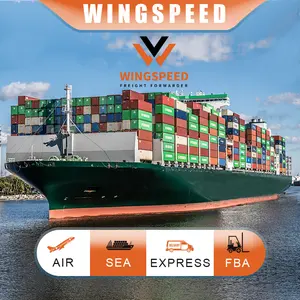Bulk Shipping Rates Explained
Navigating the complexities of bulk shipping rates is crucial for businesses looking to optimize their logistics and supply chain strategies. Bulk shipping, a term predominantly associated with the transportation of large quantities of goods, particularly via sea freight, plays a pivotal role in global trade. This introduction delves into the intricacies of bulk shipping, focusing on the various aspects that influence rates and the considerations businesses must account for.
Types of Bulk Shipping
The realm of bulk shipping is diverse, with options such as dry bulk shipping rates and bulk carrier ship price structures varying based on the cargo type. Dry bulk shipping, which includes commodities like grains, coal, and minerals, has its own set of market rates, commonly referred to as dry bulk rate or dry bulk freight rates. On the other hand, liquid bulk, which covers the transportation of oil, gas, and chemicals, operates on a different pricing model. Understanding these distinctions is essential for businesses to make informed decisions.
Applications and Features of Bulk Shipping
Bulk shipping serves a myriad of applications, from agricultural products to industrial raw materials. The features of this shipping method include the use of specialized vessels, such as bulk carriers and tankers, designed to handle large volumes efficiently. Bulk cargo freight rates are influenced by various factors, including the type of goods, their weight, and the distance they need to travel. Additionally, the speed and security of the transport, along with the capacity of the vessels, play a role in determining the overall cost.
Advantages of Bulk Shipping
One of the primary advantages of bulk shipping is the potential for reduced bulk shipping costs when transporting large quantities of goods. Economies of scale can be achieved, which is particularly beneficial for businesses that rely on the movement of significant volumes of cargo. Furthermore, the industry has seen a shift towards more environmentally friendly practices, with newer vessels designed to minimize emissions, thus contributing to the sustainability goals of companies.
Materials and Security in Bulk Shipping
The materials used for packaging and securing cargo in bulk shipping are tailored to ensure the safety and integrity of the goods during transit. Shipping containers are commonly used for dry goods, providing a water-tight environment that protects the cargo from the elements. For liquid bulk, tanker vessels are equipped with specialized storage facilities to prevent spills and contamination. The entire process prioritizes the security of the cargo, with stringent measures in place to safeguard against loss or damage.
Choosing the Right Bulk Shipping Service
Selecting the appropriate service for bulk international shipping requires a thorough understanding of the various offerings in the market. Factors such as bulk vessel freight rates and bulk carrier charter rates are critical considerations. Additionally, services that handle break bulk cargo rates cater to non-containerized goods, offering more flexibility for certain types of shipments. It is essential for businesses to assess their specific needs and choose a service that aligns with their logistical requirements and budget constraints.




















 浙公网安备 33010002000092号
浙公网安备 33010002000092号 浙B2-20120091-4
浙B2-20120091-4